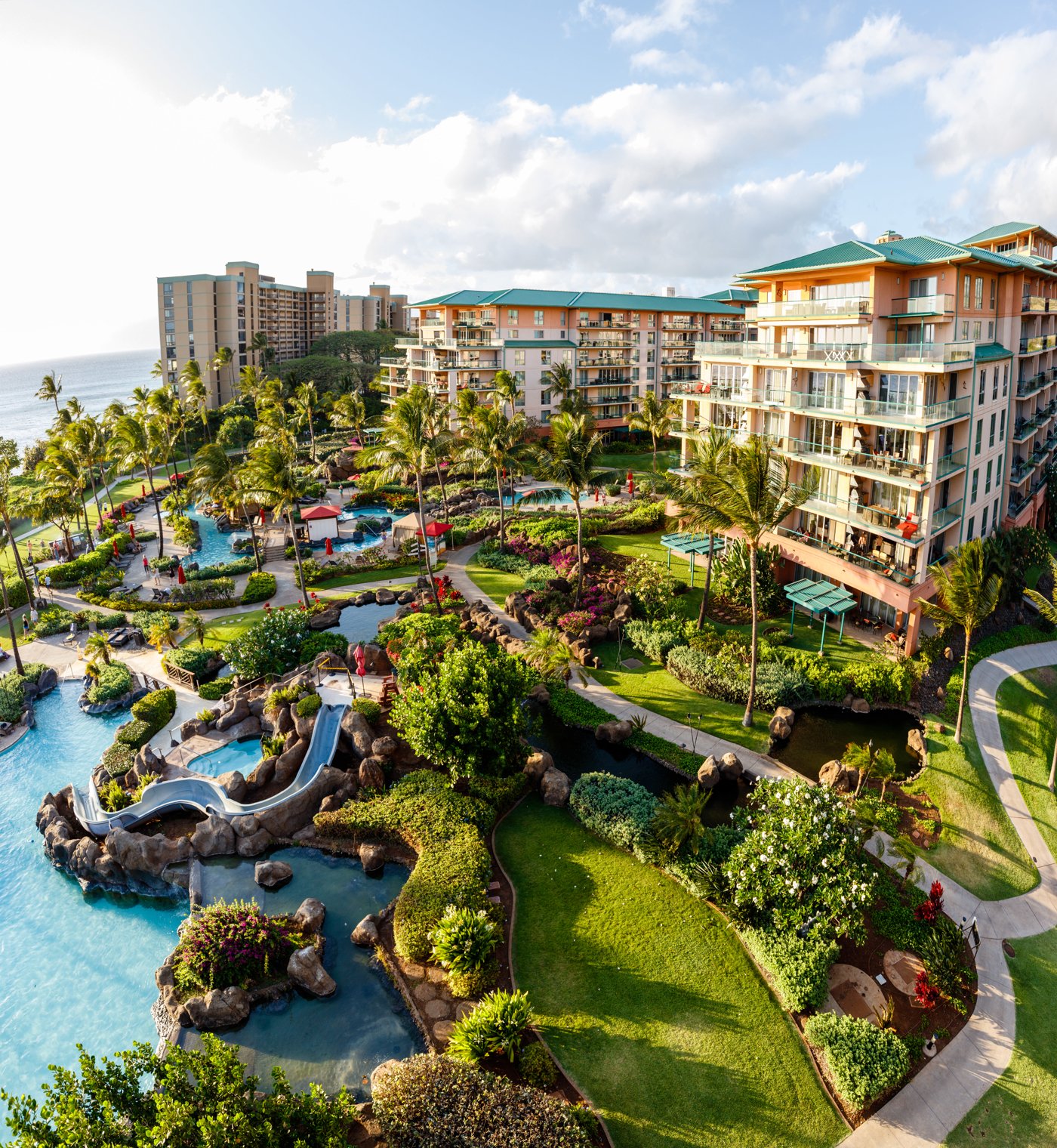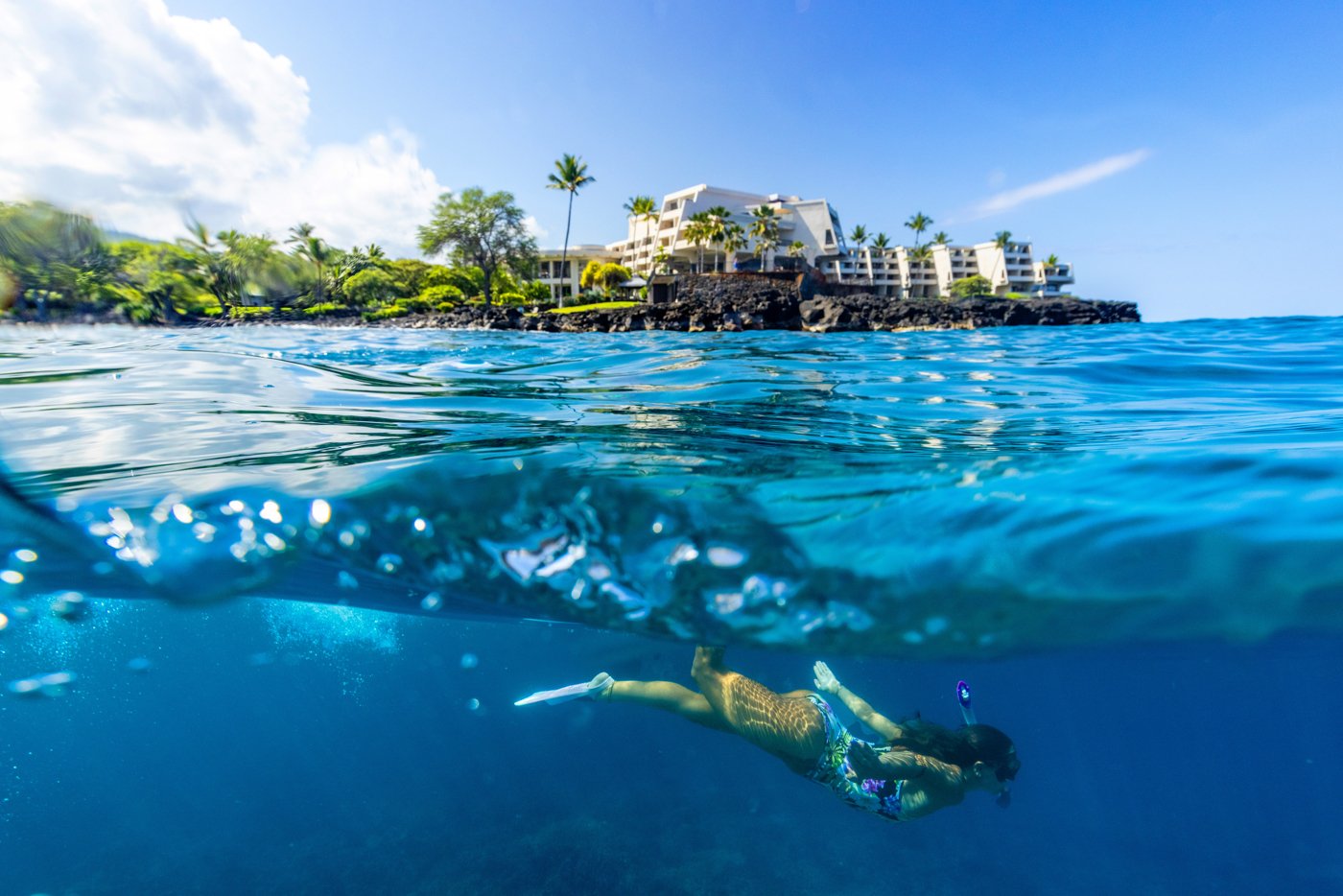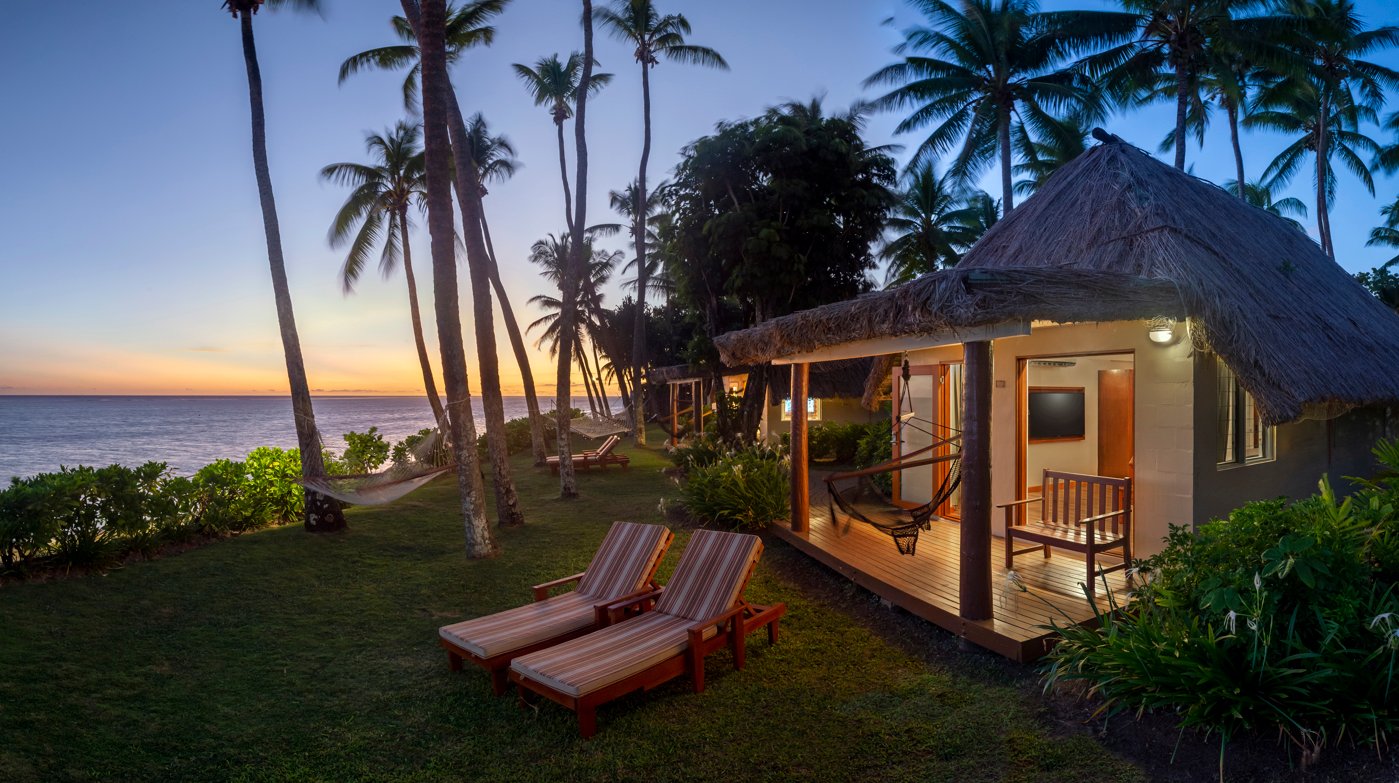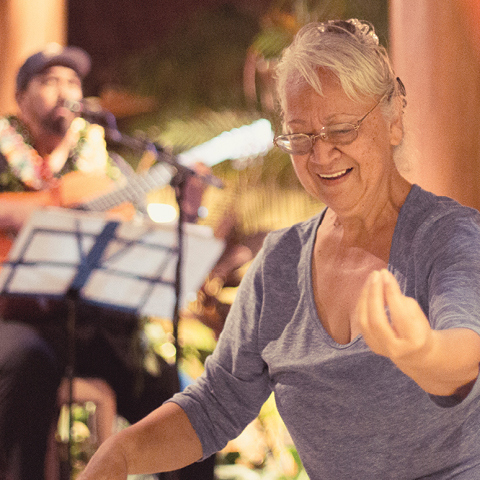






























































Book direct for best rates!



Loyalty member offers


Gift Cards
Rewarding OUTRIGGER DISCOVERY benefits
- Enjoy exclusive member-only room rates and carefully curated experiences and local offers
- Earn DISCOVERY Dollars (D$) to spend towards your stay, or however you like!
- Use your benefits at more than 800+ resorts and hotels around the world
- Elite tier members earn more D$ and get perks like room upgrades and early check-in
- Free and easy to join!





A Proud Tradition of Hawaiian Music
Much like the cultural diversity of the Islands, the Hawaiian music scene offers its own melting pot of genres, which includes everything from rock ’n’ roll and rap to Hawaiian and pop to jazz and a Hawaiian form of reggae known as Jawaiian. But this hasn’t always been the case. When Hawaiian music emerged as a popular genre early in the 20th century, the music was largely known as hapa haole, half foreign.
The royal Kalākaua family played a pivotal role in this evolutionary time for Hawaiian music. While traditional musicians performed at palace events, King Kalākaua, Queen Lili‘uokalani, and their siblings, Likelike and Leleiohoku, were all also accomplished composers. Kalākaua would compose Hawai‘i Ponoi, today the State anthem, while Lili‘uokalani would pen hundreds of melodies, including the quintessentially Hawaiian Aloha ‘Oe. Both were composed in the hapa haole style.
There was much that was different in this new musical genre. To start, the instrumental components were totally new, drums and rattles replaced, by adaptations, instruments brought to the islands in the mid-to-late 19th century, including the ‘ukulele and the steel guitar.
Singers, too, offered their own innovations, adding unique tonalities like falsetto singing to the repertoire. Like many of the Hawaiians who would play them, these new instruments and vocalizations were hybrid variations of the hapa haole style, with Hawaiian-themed songs becoming national hits, thanks to stars like Al Jolson and Sophie Tucker.
Soon after, a growing number of home-grown composers and musicians were taking Hawaiian music from its kani ka pila (impromptu backyard jam sessions) origins onto the stage, performing for both a local audience and the growing number of visitors coming to the Islands. Classics like My Little Grass Shack (Johnny Noble), Waikīkī (Andy Cummings), Lovely Hula Hands (R. Alex Anderson) and The Hawaiian Wedding Song (Charles E. King) expressed aloha and romance, beautiful moments and places, popularized by the ‘ukulele, steel guitar, bass and piano—the typical Hawaiian quartet.
Decade by decade, hapa haole music matched the musical styles of the day, ranging from ballads and ragtime to fox trots and lullabies. The popularity of sheet-music melodies led to the Big Band era, with a national audience for Hawaiian music cultivated by Hawai‘i Calls, a live radio broadcast aired weekly from the Moana Hotel in Waikīkī. Starting in the mid-1930s, host Webley Edwards brought the sweet sounds of aloha into American homes, showcasing singers like Alfred Apaka, who would become popular nationally.
Furthermore, tourism provided a catalyst to the already developing interest in a revival of Hawaiian culture, with hula and Hawaiian music in the lead. There were many who played an influential role in this cultural revival, including such singers/musicians/composers as Bill Lincoln, Gabby Pahinui, Hilo Hattie, Irmgard Aluli (of Maui’s musical Farden clan), the Ho‘opi‘i Brothers, Emma Veary and Aunty Genoa Keawe. Even Elvis would “catch the wave,” making muscial films that updated the hapa haole style.
However in 1974, the hapa haole music took a folksy turn, playing to deep-rooted emotions that linked the Hawaiian past and the Age of Aquarius, a reference to the heyday of of the hippie and New Age movements in the 1960s and 1970s. Peter Moon and Sunday Manoa, Jerry Santos and Olomana, the Beamer Brothers, Cecilio and Kapono and the Brothers Cazimero played to a local audience with musical artistry and a soulful understanding of Hawaiian spirit. And then there was Don Ho.
If any one singer came to be identified with Hawaiian music, it was Don Ho and the Tiny Bubbles fame that came his way in the 1970s, ‘80s and ‘90s. Elderly hearts fluttered to tunes crafted with playful good humor and a flirtatious wink-of-the-eye. Ho’s reign may long be over but Hawaiian music has continued to flourish, continuing a Golden Age now decades in the making and still going strong. Stellar talents like Henry Kapono, Ke‘ali‘i Reichel, Jake Shimabukuro, Amy Hanaiali‘i Gilliom, Makana, Jack Johnson and the late Israel “Brother Iz” Kamakawiwaole have broadened and internationalized contemporary Hawaiian music’s appeal, ensuring a long creative tradition of Hawaiian music into the future.
ml?emailAddress=" scrolling="no" style="height: 280px;" frameborder="0">